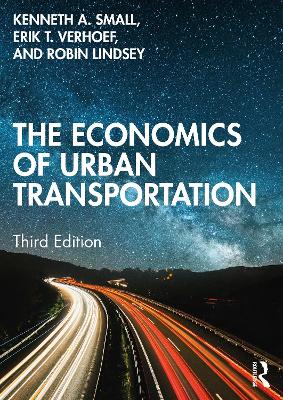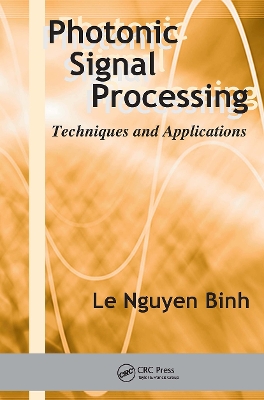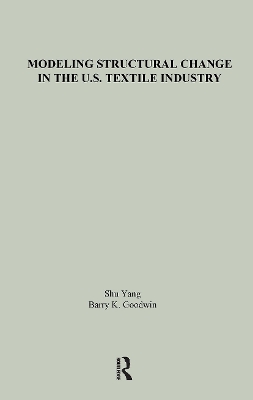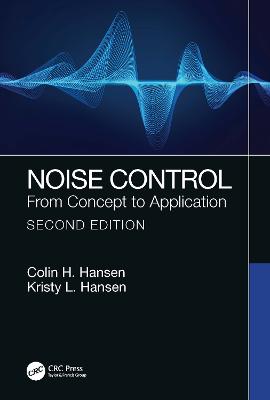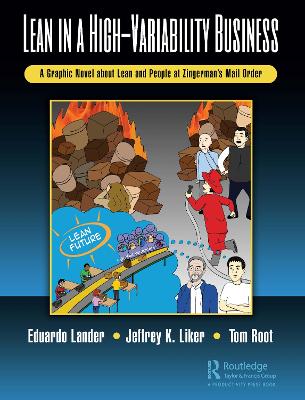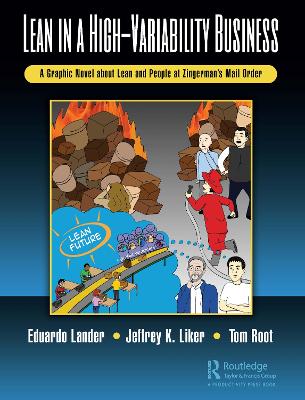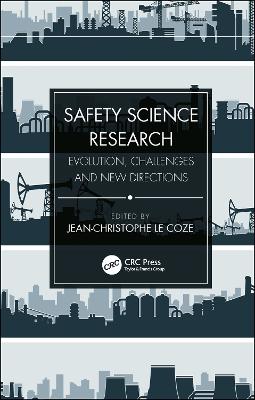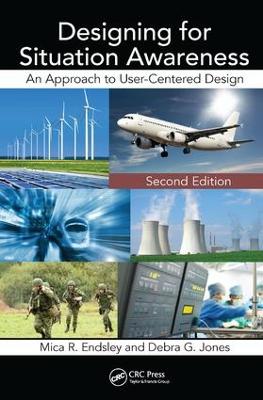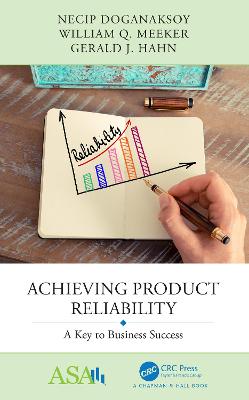Safer Seas
 -10%
portes grátis
-10%
portes grátis
Safer Seas
Systematic Accident Prevention
Fukuoka, Koji
Taylor & Francis Ltd
07/2019
280
Dura
Inglês
9781138388932
15 a 20 dias
614
History of Marine Accidents, Accident Investigation and Prevention
Prior to the loss of the Titanic
The Titanic
SOLAS Convention
Accidents and international efforts
The Herald of Free Enterprise and Exxon Valdez disaster
Shift from hardware to human factors issues
Implementation of safety management system
Development of comprehensive accident investigation
The Costa Concordia disaster
Similar accidents and insights
The number of accidents decreased?
Conclusions
Mechanism of Accident Occurrence
Concept of hazard and accident
Effect of a layer of defense
Situation of defenses in-depth and accidents
Human factors and accidents
Conclusions
Accident Model
Background surrounding accidents
Historical background of accident model
Problems on each accident model
Characteristics of each industry
Accident model applicable to each industry
Conclusions
Contributing Factors of Accident Occurrence
Introduction
Central liveware
Liveware-hardware
Liveware-software
Liveware-environment
Liveware-peripheral liveware
Conclusions
Preparation for Accident Investigation
Introduction
The human error
Risk management
ISM Code
Core of quality management system
Contents of ISM Code
Implication of the PDCA cycle in an accident
Conclusions
On-site investigation Introduction
Health and safety
Evidence
Assessing the evidence
Conclusions
Analysis Methods
Introduction
Analysis process
Event and Contributory Factors Charts
Guidelines to produce ECFC
Construction of a marine accident investigation report
Conclusions
Visualization of Weakness in the System
Introduction
Background
Holes
Latent conditions
How to find a hole at a real accident
Holes and latent conditions
Abstract generalizations (general characteristics of accidents)
Unresolved issues on the SCM
The SCM in maritime industry
Conclusions
Statistical science and characteristics of each types of accidents
Introduction
Quantification of the SHEL element
Relationship between the hole location and the number of hole occurrence
Quantification accident model
Limitations of the study
Conclusions
Convergence of accident modelsIntroduction
Summary of the sample accident
Analytical method
Limitations of analysis
Results
Convergence of different type of model
Conclusions
Rectification of the weakness and improvement of the system
Introduction
Principles of the systematic accident prevention
Process of systematic accident prevention
Difference between an accident and an incident
Conclusions
References
- Saude e segurança ocupacional / industrial
- Engenharia: geral
- Ergonómica
- Indústrias da navegação
- Design de produtos
- Gestão da produção e do controlo de qualidade
- Ciência ambiental, engenharia e tecnologia
- Saúde e desenvolvimento pessoal
- Tecnologia de construção naval, engenharia e negócios
- Industria têxtil
History of Marine Accidents, Accident Investigation and Prevention
Prior to the loss of the Titanic
The Titanic
SOLAS Convention
Accidents and international efforts
The Herald of Free Enterprise and Exxon Valdez disaster
Shift from hardware to human factors issues
Implementation of safety management system
Development of comprehensive accident investigation
The Costa Concordia disaster
Similar accidents and insights
The number of accidents decreased?
Conclusions
Mechanism of Accident Occurrence
Concept of hazard and accident
Effect of a layer of defense
Situation of defenses in-depth and accidents
Human factors and accidents
Conclusions
Accident Model
Background surrounding accidents
Historical background of accident model
Problems on each accident model
Characteristics of each industry
Accident model applicable to each industry
Conclusions
Contributing Factors of Accident Occurrence
Introduction
Central liveware
Liveware-hardware
Liveware-software
Liveware-environment
Liveware-peripheral liveware
Conclusions
Preparation for Accident Investigation
Introduction
The human error
Risk management
ISM Code
Core of quality management system
Contents of ISM Code
Implication of the PDCA cycle in an accident
Conclusions
On-site investigation Introduction
Health and safety
Evidence
Assessing the evidence
Conclusions
Analysis Methods
Introduction
Analysis process
Event and Contributory Factors Charts
Guidelines to produce ECFC
Construction of a marine accident investigation report
Conclusions
Visualization of Weakness in the System
Introduction
Background
Holes
Latent conditions
How to find a hole at a real accident
Holes and latent conditions
Abstract generalizations (general characteristics of accidents)
Unresolved issues on the SCM
The SCM in maritime industry
Conclusions
Statistical science and characteristics of each types of accidents
Introduction
Quantification of the SHEL element
Relationship between the hole location and the number of hole occurrence
Quantification accident model
Limitations of the study
Conclusions
Convergence of accident modelsIntroduction
Summary of the sample accident
Analytical method
Limitations of analysis
Results
Convergence of different type of model
Conclusions
Rectification of the weakness and improvement of the system
Introduction
Principles of the systematic accident prevention
Process of systematic accident prevention
Difference between an accident and an incident
Conclusions
References
- Saude e segurança ocupacional / industrial
- Engenharia: geral
- Ergonómica
- Indústrias da navegação
- Design de produtos
- Gestão da produção e do controlo de qualidade
- Ciência ambiental, engenharia e tecnologia
- Saúde e desenvolvimento pessoal
- Tecnologia de construção naval, engenharia e negócios
- Industria têxtil

